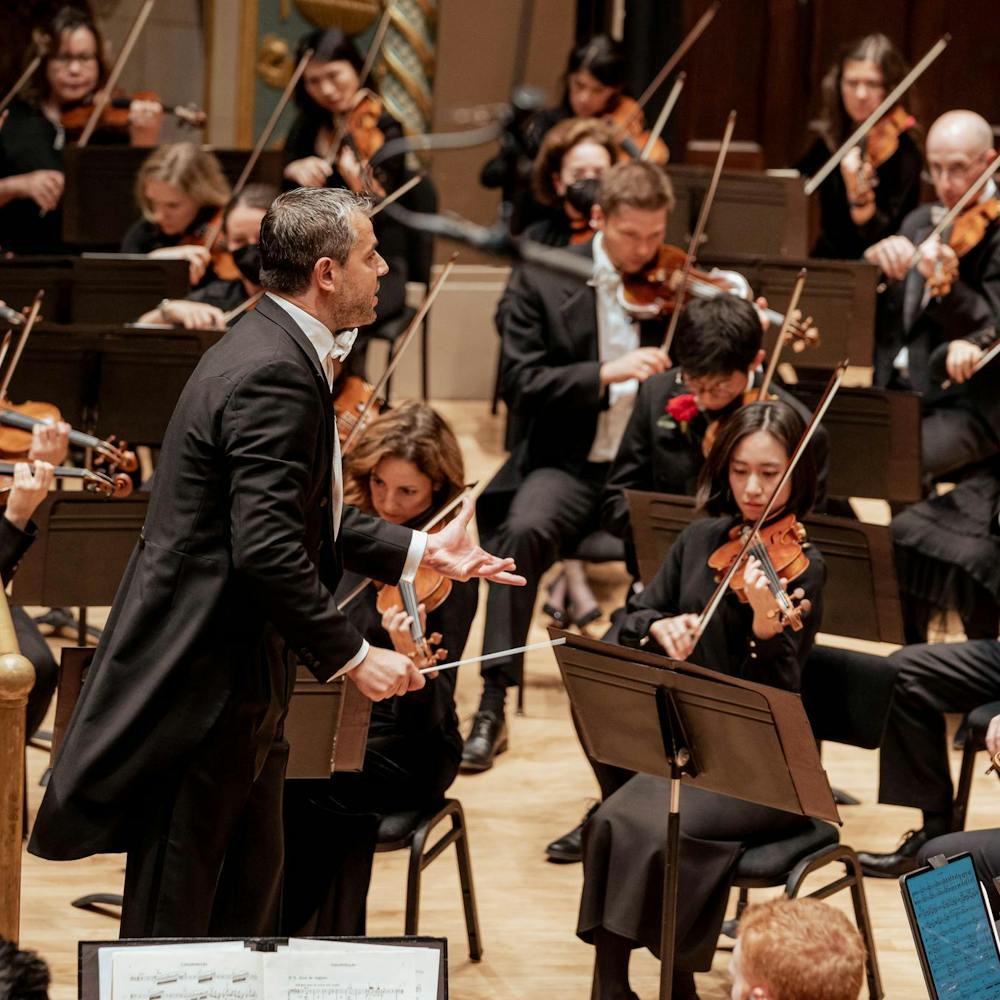Although taking a course online could help students save time, a study conducted by two MSU economics professors said it could cost students their grades.
Exam grades of students in the virtual course Principles of Microeconomics were compared to peers in the same traditional classroom-style course. Students taught in the classroom fared better.
The data came from the fall 2000 and spring 2001 semesters, when 89 online students, 363 traditional classroom students and 258 hybrid course students participated.
On average, students in the traditional course answered 65.49 percent of the questions correctly on tests given during the semester. Students who were enrolled online answered 61.19 percent of questions correctly.
The hybrid course met for a face-to-face lecture two hours per week with an additional hour per week in virtual labs. Students in this course answered about 64.51 percent of the questions correctly.
Carl Liedholm, a professor of economics who taught the virtual and traditional course, said he expects the study to show the debate between virtual and traditional classes.
The virtual sections of the course contained streaming video of Liedholm’s lectures in his traditional classes.
“There is a big movement in higher education thinking about the role of the virtual courses on students,” Liedholm said. “The question that exists is how well do students do in this type of learning instead of the old style face-to-face learning?”
MSU Provost Lou Anna Simon said the research may help the university better understand the environment of virtual learning versus traditional learning.
“It’s a chance for the faculty members who designed it to look at the course to see if there are changes that have to be made,” she said. “It doesn’t suggest there is any dramatic need for change. I was pleased MSU has done such a terrific study to add to both the understanding and debate of the topic.”
Marketing sophomore Parag Humbad was enrolled in the online course because he thought it would be easier to pass.
“The hardest part about virtual classes is pretty much trying to get the motivation to watch the lectures by yourself,” he said. “But you don’t have to go anywhere except to the exams.”
Humbad said he did better in the online course than he would have in the regular course, but won’t take another virtual class.
“I didn’t really learn much with it being online, but I was satisfied with my grade,” he said.
In economics classes, Liedholm said female students usually do not perform as well as males. But in the virtual classes, the female students perform better than the males.
“That difference seems to disappear in the virtual course,” he said. “You get dominant males in the live class and they sometimes overwhelm the women who perform better introspectively and can find their voice in the virtual course,” he said. “Everyone has different types of learning styles. What you try to do is to appeal to all these different learning styles.”
Lifelong education student Stephanie Sanderson said she did very well in the traditional course.
“It might be outside factors, like the woman has kids and can’t make all the class, you have to make a choice to be in class or not,” she said. “I felt intimidated by economics because it wasn’t something I felt I could do.”
Sanderson said students in online classes probably don’t have as much access to professors and teaching assistants.
“I think it’s really great because you can interact with the professor and I don’t know if something on the Web could provide that as well,” she said.




